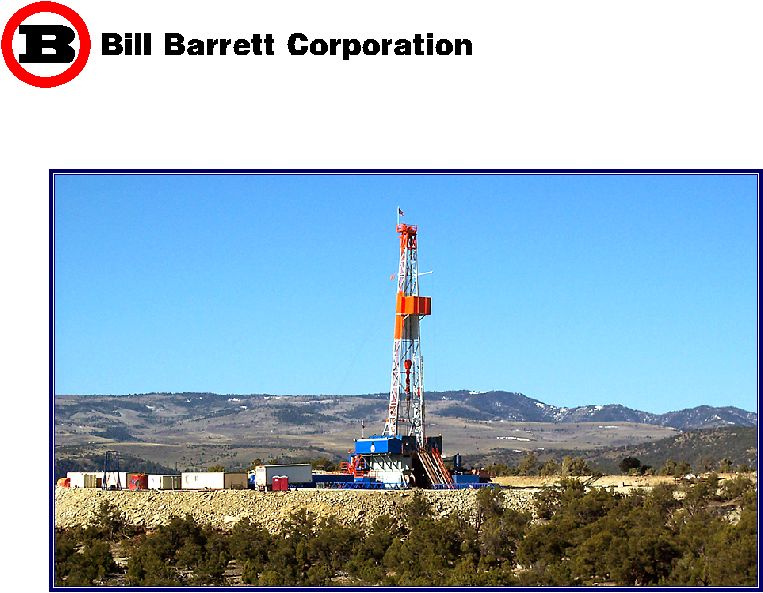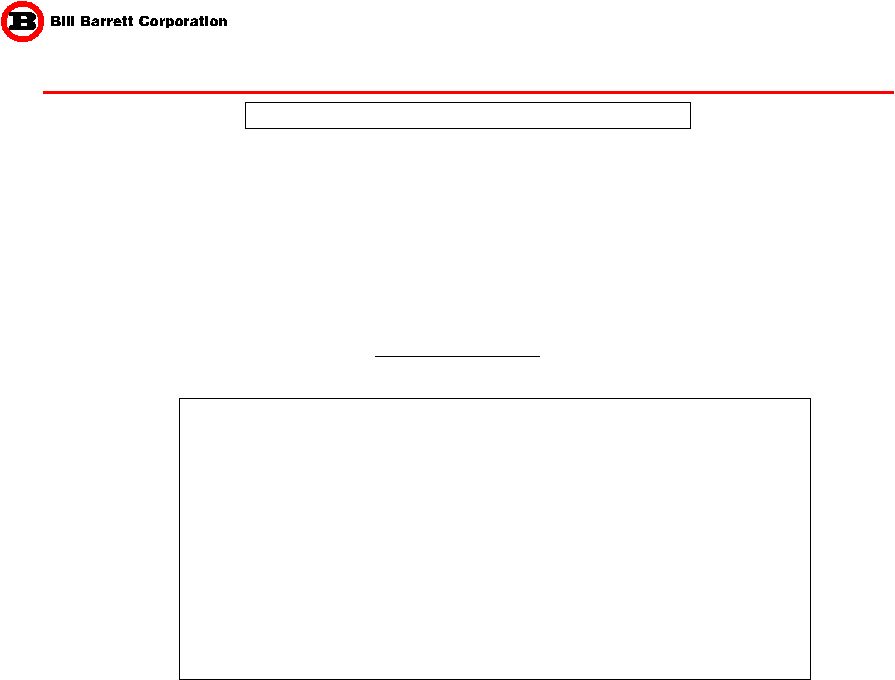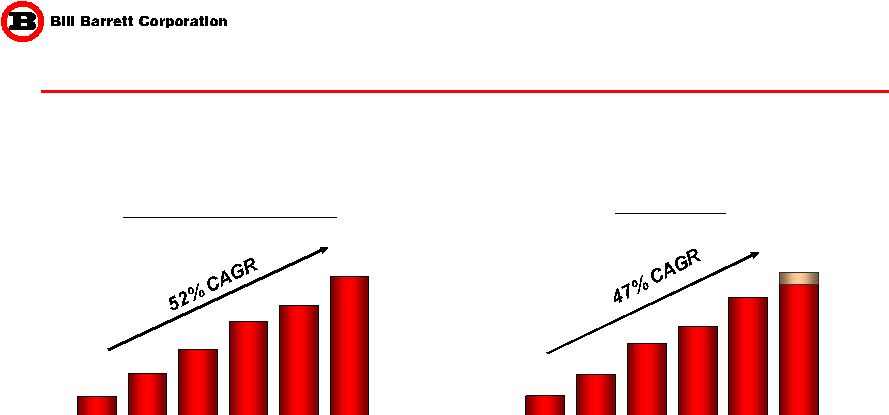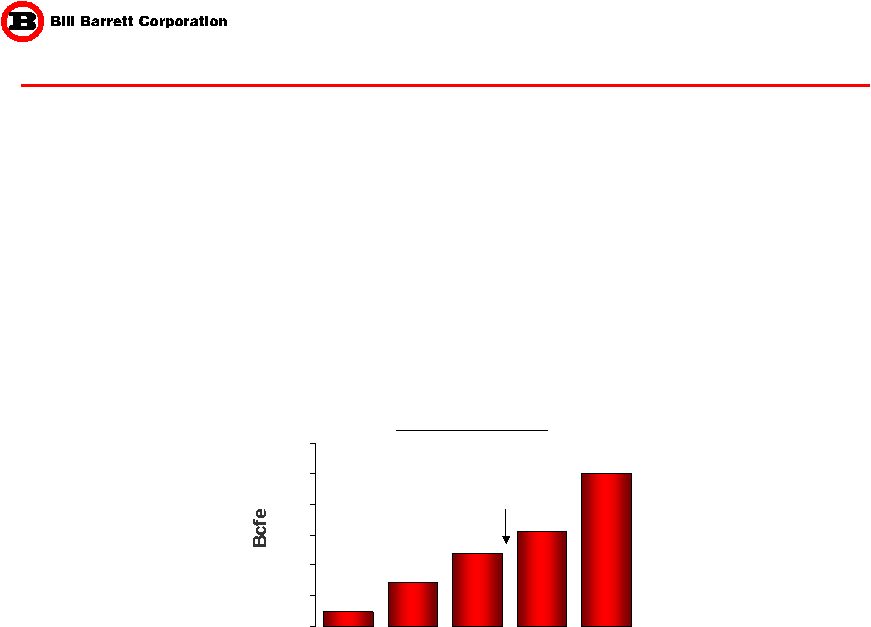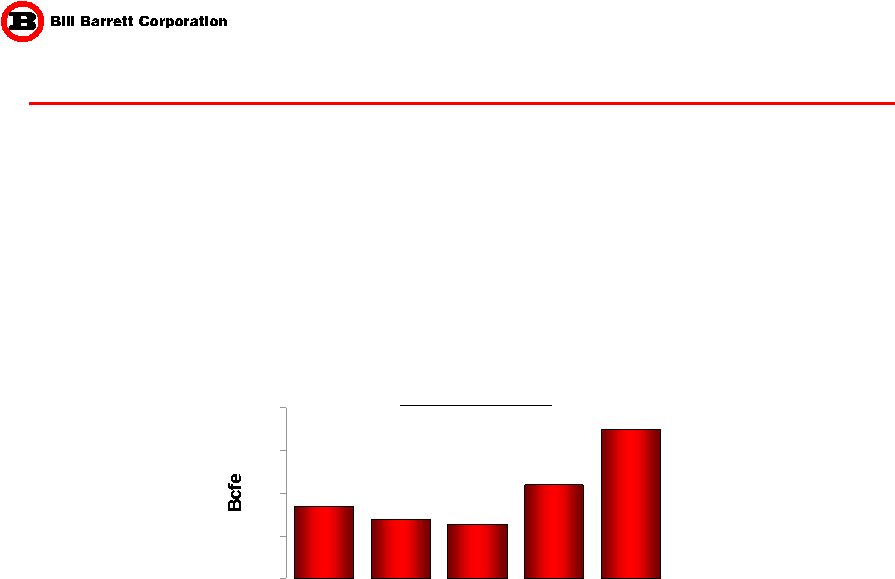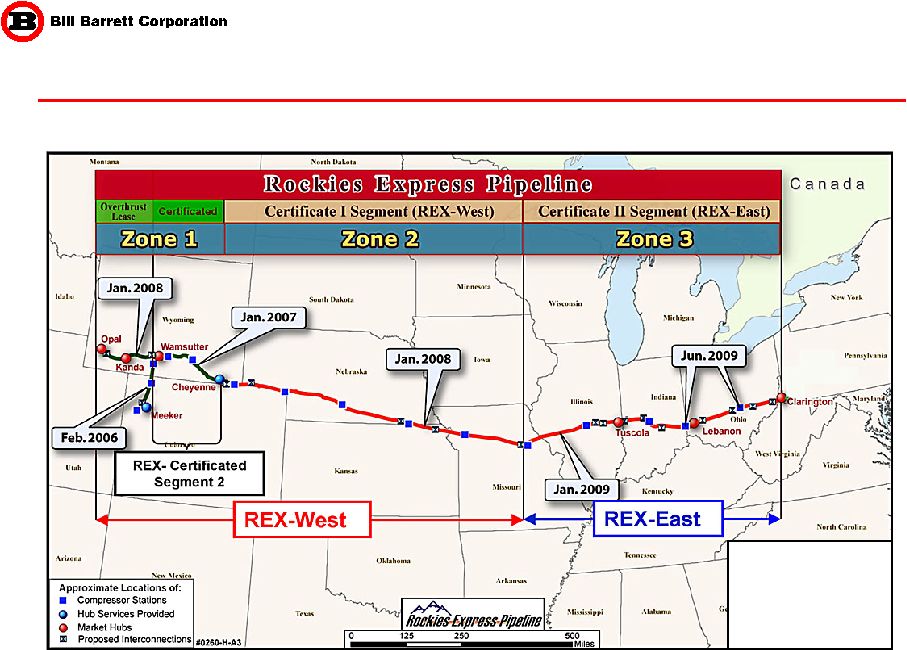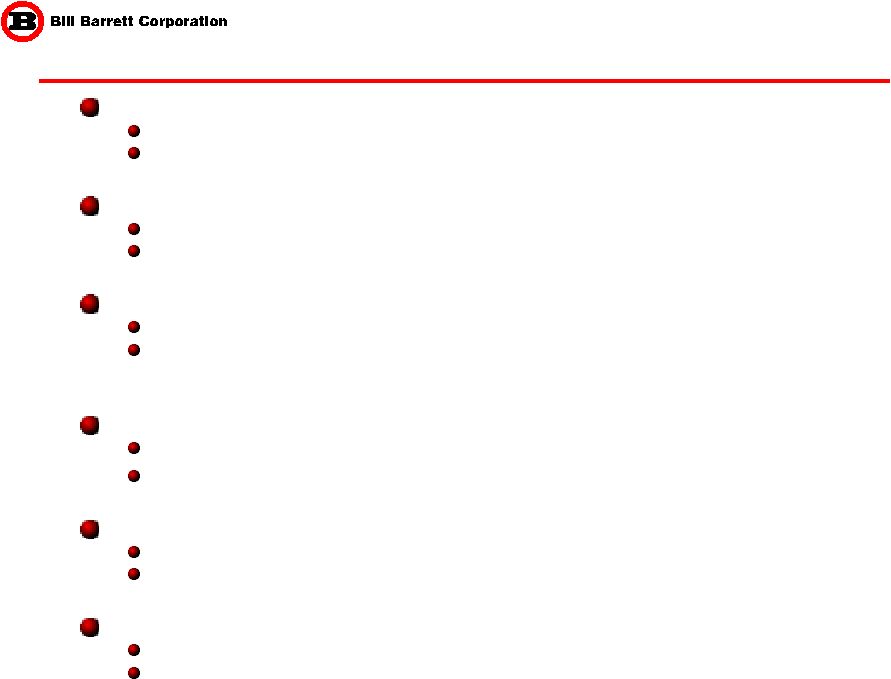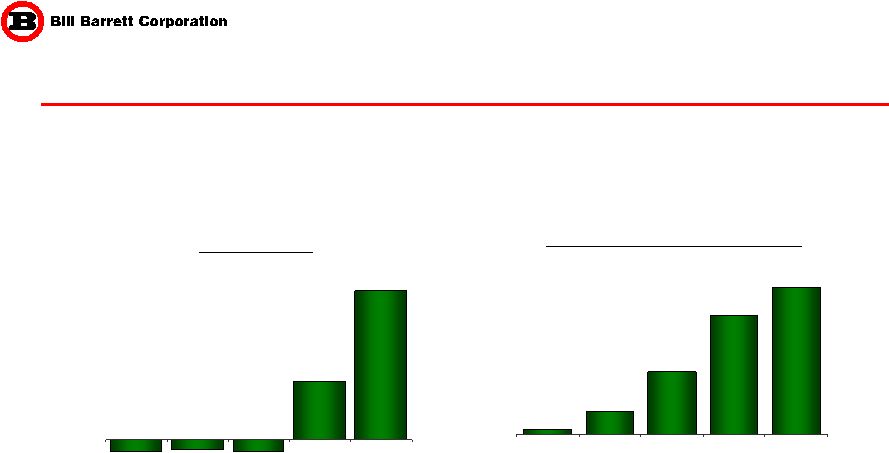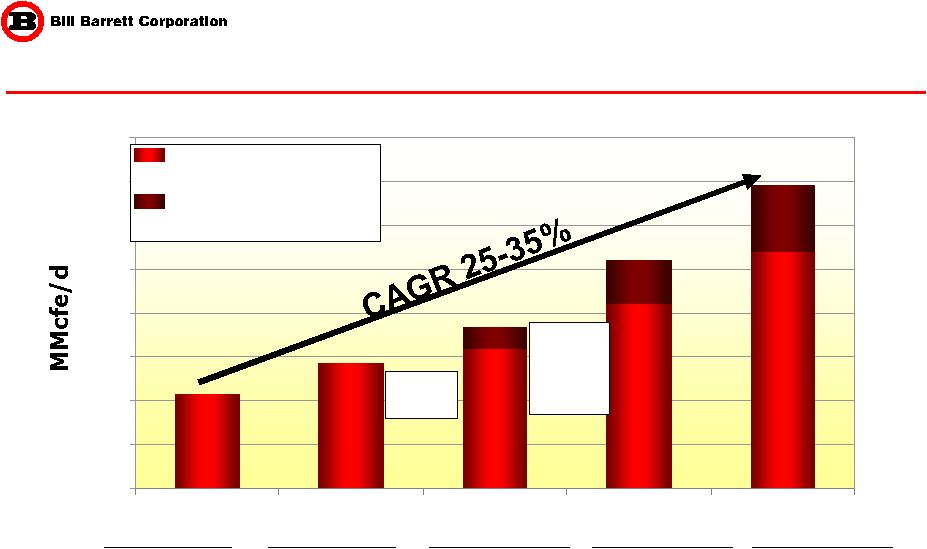2 Except for the historical information contained herein, the matters discussed in this presentation are forward-looking statements. These forward-looking statements reflect our current views with respect to future events, based on what we believe are reasonable assumptions. These statements, however, are subject to risks and uncertainties that could cause actual results to differ materially including, among other things, exploration results, market conditions, oil and gas price levels and volatility, the availability and cost of services, drilling rigs, transportation and processing, the ability to divest certain properties, the ability to obtain industry partners to jointly explore certain prospects, uncertainties inherent in oil and gas production operations and estimating reserves, unexpected future capital expenditures, competition, the success of our risk management activities, governmental regulations and other factors discussed in our filings with the Securities and Exchange Commission (“SEC”). We refer you to the “Cautionary Note Regarding Forward-Looking Statements” and “Risk Factors” sections of these filings. In addition, historical information may not be indicative of future results. The SEC permits oil and gas companies, in their filings with the SEC, to disclose only proved reserves that a company has demonstrated by actual production or conclusive formation tests to be economically and legally producible under existing economic and operation conditions. Bill Barrett Corporation may use certain terms in this presentation and other communications relating to reserves and production that the SEC’s guidelines strictly prohibit the Company from including in filings with the SEC. It is recommended that U.S. investors closely consider the Company’s disclosures in Bill Barrett Corporation’s Form 10-K for the year ended December 31, 2005 filed with the SEC. This document is available through the SEC by calling 1-800-SEC-0330 (U.S.) and on the SEC website at www.sec.gov. Discretionary cash flow is computed as net income plus depreciation, depletion, amortization and impairment expenses, deferred income taxes, exploration expenses, non-cash stock based compensation, losses (gains) on sale of properties, and certain other non-cash charges. The non-GAAP measure of discretionary cash flow is presented because management believes that it provides useful additional information to investors for analysis of the Company's ability to internally generate funds for exploration, development and acquisitions. In addition, discretionary cash flow is widely used by professional research analysts and others in the valuation, comparison and investment recommendations of companies in the oil and gas exploration and production industry, and many investors use the published research of industry research analysts in making investment decisions. Discretionary cash flow should not be considered in isolation or as a substitute for net income, income from operations, net cash provided by operating activities or other income, profitability, cash flow or liquidity measures prepared in accordance with accounting principles generally accepted in the United States of America ("GAAP"). Because discretionary cash flow excludes some, but not all, items that affect net income and net cash provided by operating activities and may vary among companies, the discretionary cash flow amounts presented may not be comparable to similarly titled measures of other companies. Forward-Looking and Other Cautionary Statements The Company calculates organic finding and development cost, or F&D cost, by dividing (x) costs incurred less asset retirement obligation and less material acquisitions and less certain non-cash capital items less proceeds received for divesting and joint exploration agreement, by (y) reserve additions for the year less reserves acquired for cash, netted against reserves disposed. Consistent with industry practice, future capital expenditures to develop proved undeveloped reserves or capital associated with furniture, fixtures and equipment are not included in costs incurred. The methods the Company uses to calculate its F&D cost may differ significantly from methods used by other companies to compute similar measures. As a result, the Company’s F&D cost may not be comparable to similar measures provided by other companies. The Company believes that providing a measure of F&D cost is useful to investors in evaluating the cost, on a per thousand cubic feet of natural gas equivalent basis, to add proved reserves. However, this measure is provided in addition to, and not as an alternative for, and should be read in conjunction with, the information contained in its financial statements prepared in accordance with generally accepted accounting principles. Due to various factors, including timing differences in the addition of proved reserves and the related costs to develop those reserves, F&D costs do not necessarily reflect precisely the costs associated with particular reserves. As a result of various factors that could materially affect the timing and amounts of future increases in reserves and the timing and amounts of future costs, the Company cannot assure you that its future F&D costs will not differ material from those presented. | 